As the U.S. Federal Reserve prepares to meet this week, political heat is intensifying. President Donald Trump is ramping up pressure for significant interest rate reductions, challenging the institution’s independence and pushing key legal and personnel conflicts into the spotlight.
Anticipated Rate Cut, Under Debate
Economists and market watchers expect that at its upcoming meeting, the Fed will lower its benchmark interest rate by 0.25%. The move would mark the first rate cut in months, driven by signs of labor market weakening, rising unemployment claims, and persistent inflation that remains above the central bank’s target. Some Fed governors, however, warn that cutting rates too quickly could jeopardize inflation control.
Struggle Over Governance and Independence
A defining feature of the current controversy is the Trump administration’s attempt to dismiss Fed Governor Lisa Cook. Trump has accused her of mortgage‐related misconduct — charges which she denies. Cook has filed a lawsuit challenging her removal, arguing that the law protects her position unless proven “for cause.” A judge granted a preliminary injunction barring her removal while the legal battle continues.
Simultaneously, Trump is pushing for the confirmation of Stephen Miran, his economic adviser, to the Federal Reserve Board. Miran’s confirmation could shift the ideological balance on the board, potentially bringing it more in line with the administration’s preference for lower interest rates.
Broader Implications
These developments have raised alarm among economists and bipartisan observers about the potential erosion of the Fed’s long‐standing tradition of political independence. Central banks are meant to base rate decisions on economic fundamentals—such as inflation, employment, and growth—not political pressure. If the Fed is perceived as bending to White House demands, it risks undermining credibility, which could in turn affect markets, long‐term inflation expectations, and financial stability.
The Balancing Act
Fed Chair Jerome Powell appears to be walking a tightrope. He has acknowledged mounting political pressure while emphasizing that decisions must be grounded in empirical data and a holistic assessment of risks. On one side, inflation remains a threat, especially in sectors affected by trade policies. On the other side, slowing job growth and unemployment concerns are building.
What to Watch
- Whether the Fed proceeds with the quarter‐point rate cut this week, and how strongly that move is defended by board members.
- Court rulings in the case of Governor Cook; if the administration succeeds in removing her, that could set a legal precedent.
- Confirmation of Miran and whether that shifts voting dynamics on key decisions.
- How markets respond—especially long‐term Treasury yields—in case perceptions of political interference grow.
Bottom line: The coming days could reshape the relationship between the U.S. presidency and the Federal Reserve in a fundamental way, with lasting consequences for monetary policy, inflation, and the credibility of one of the world’s most powerful central banking institutions.

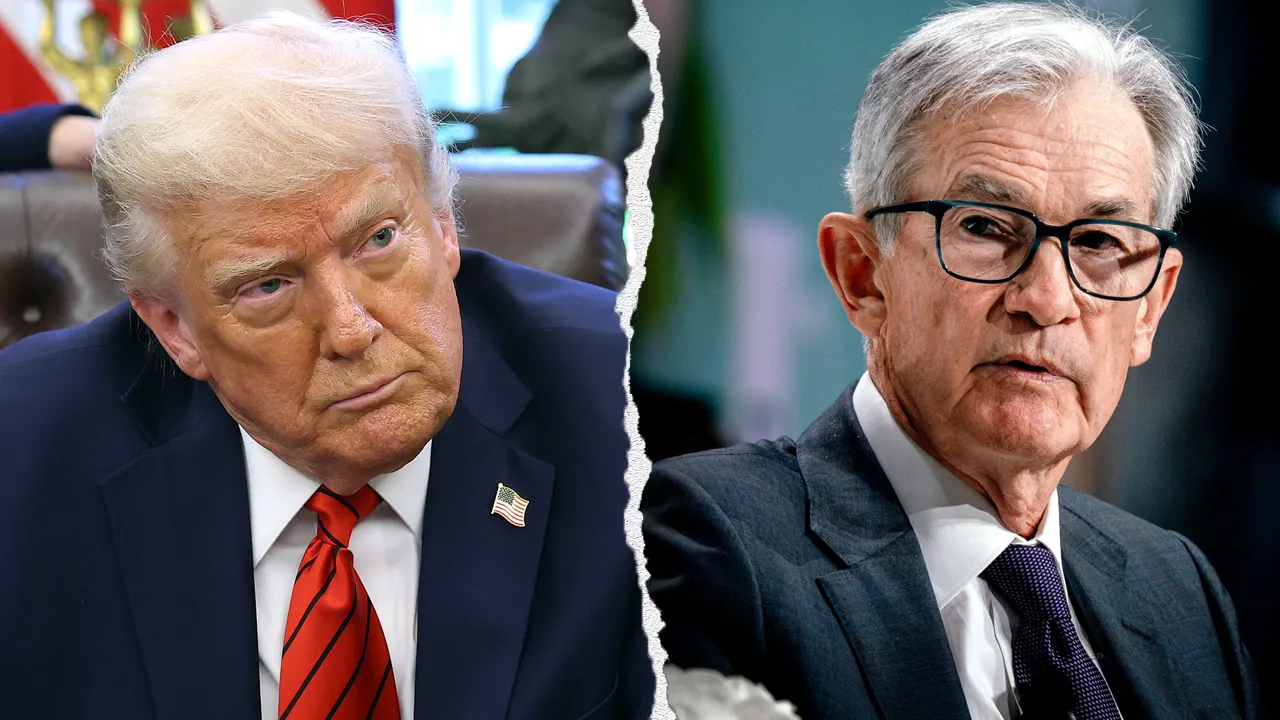
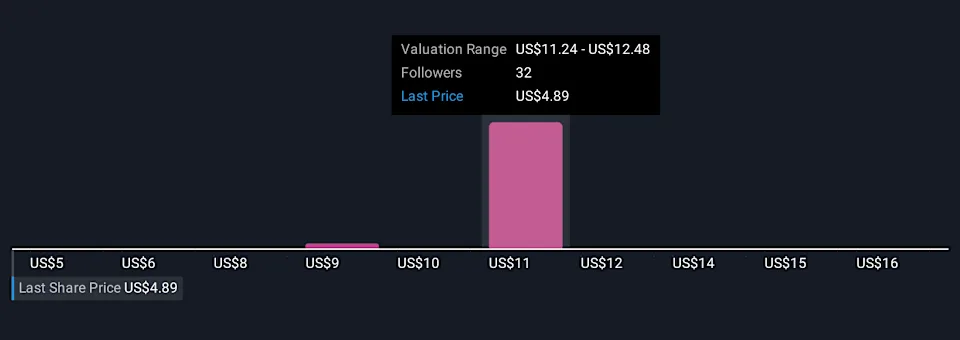



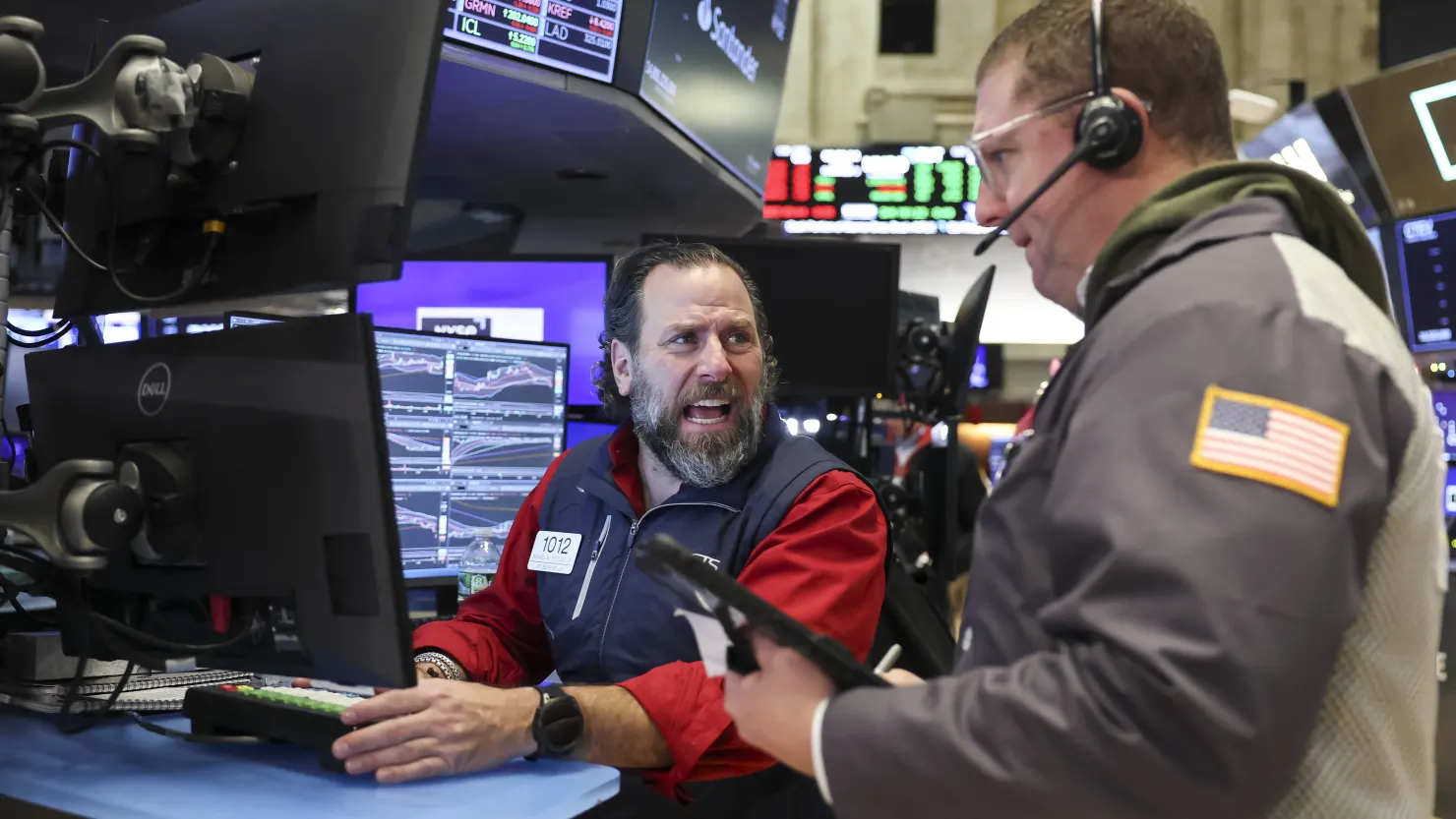
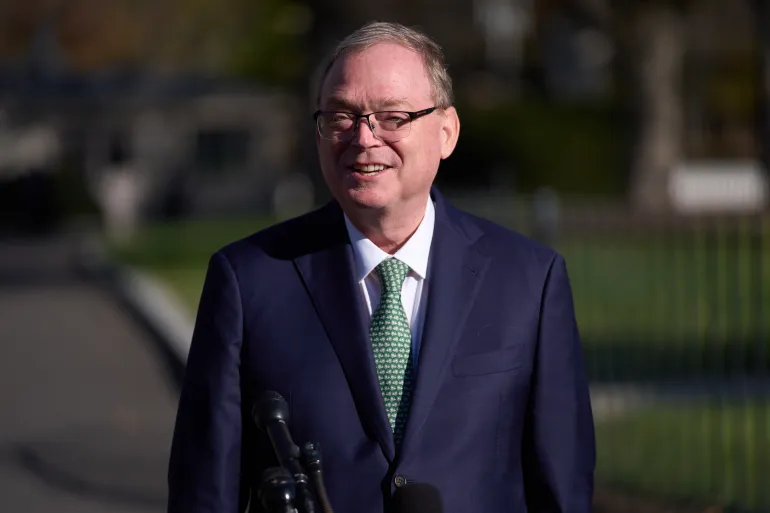



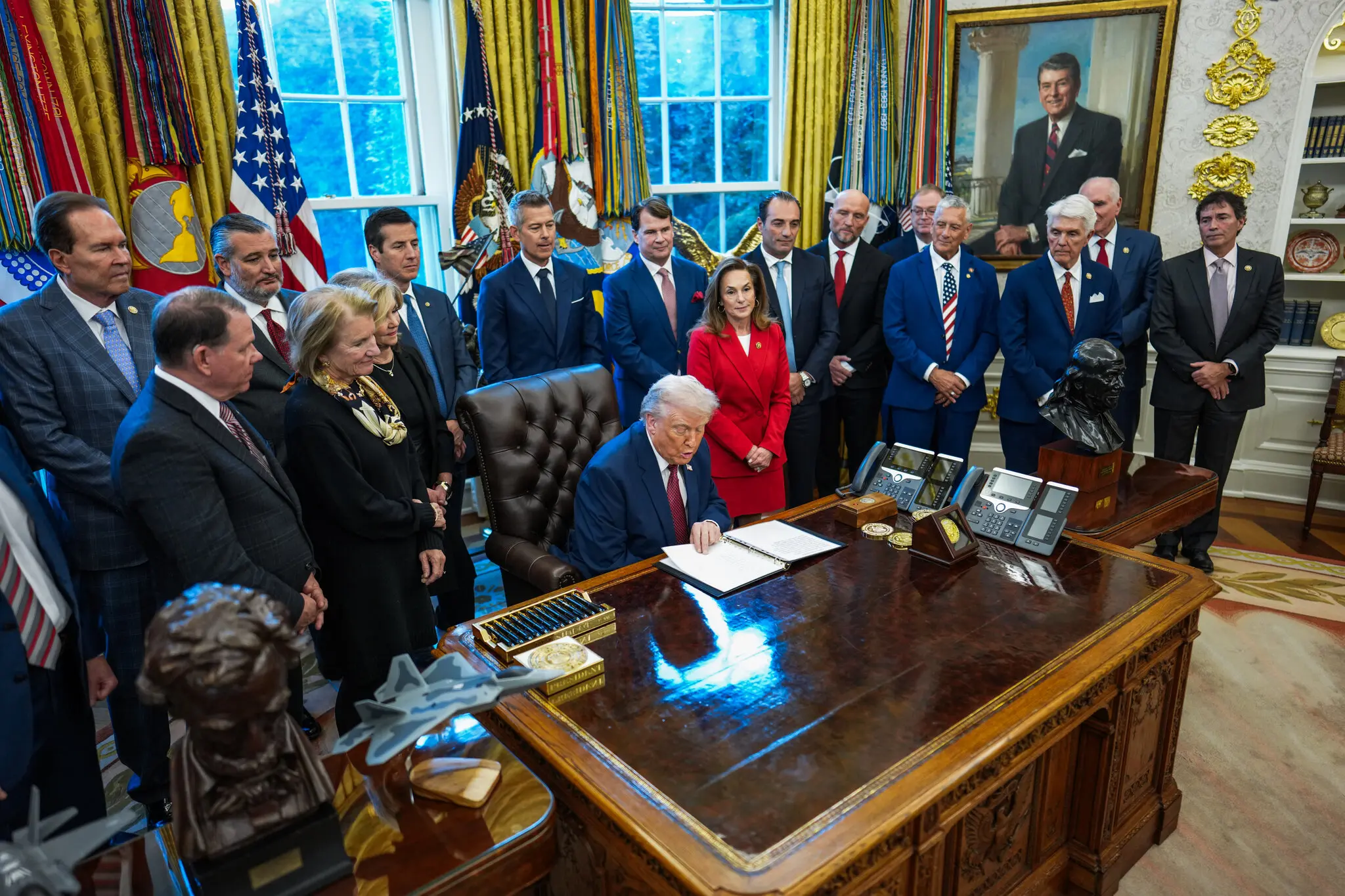




Leave a Reply